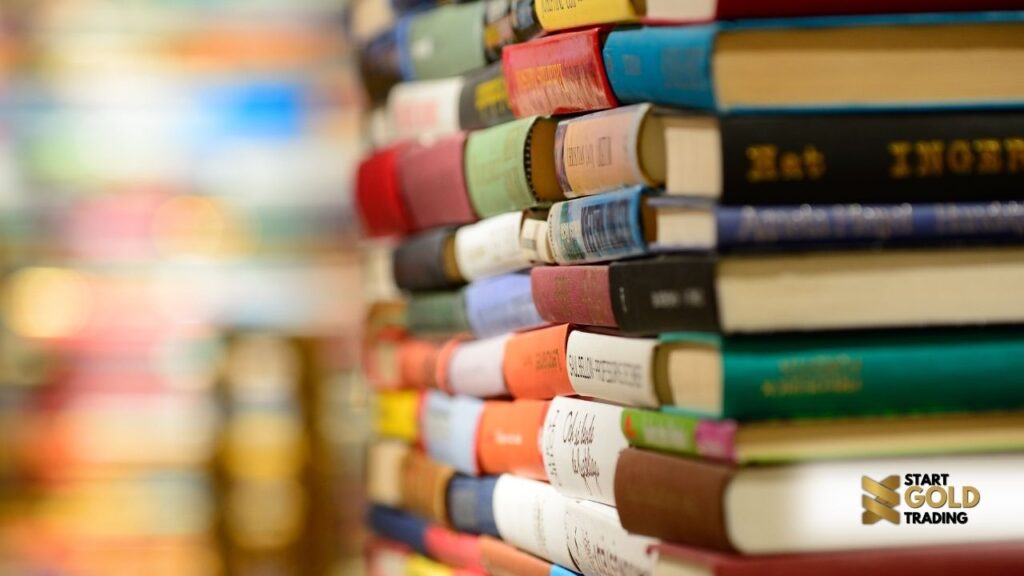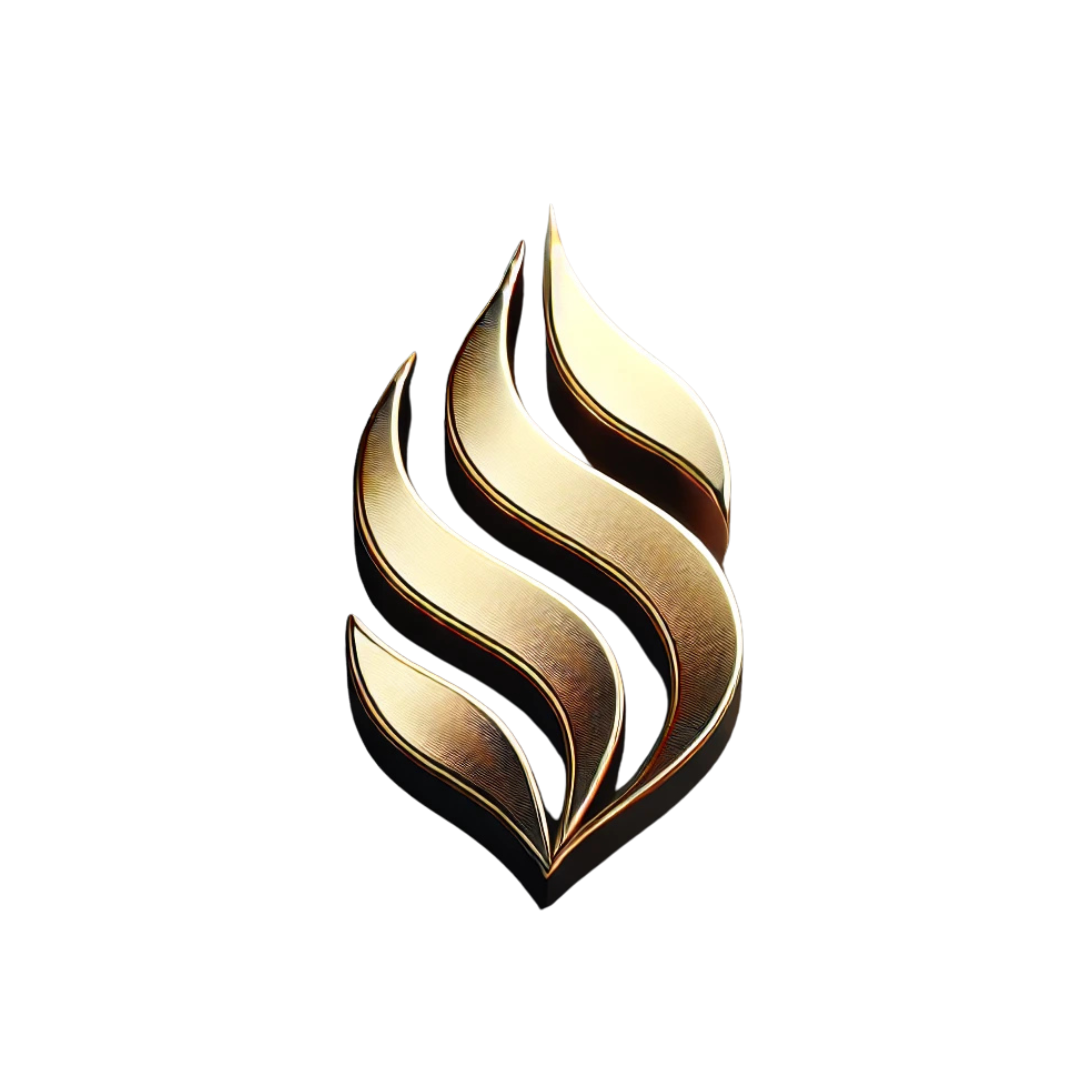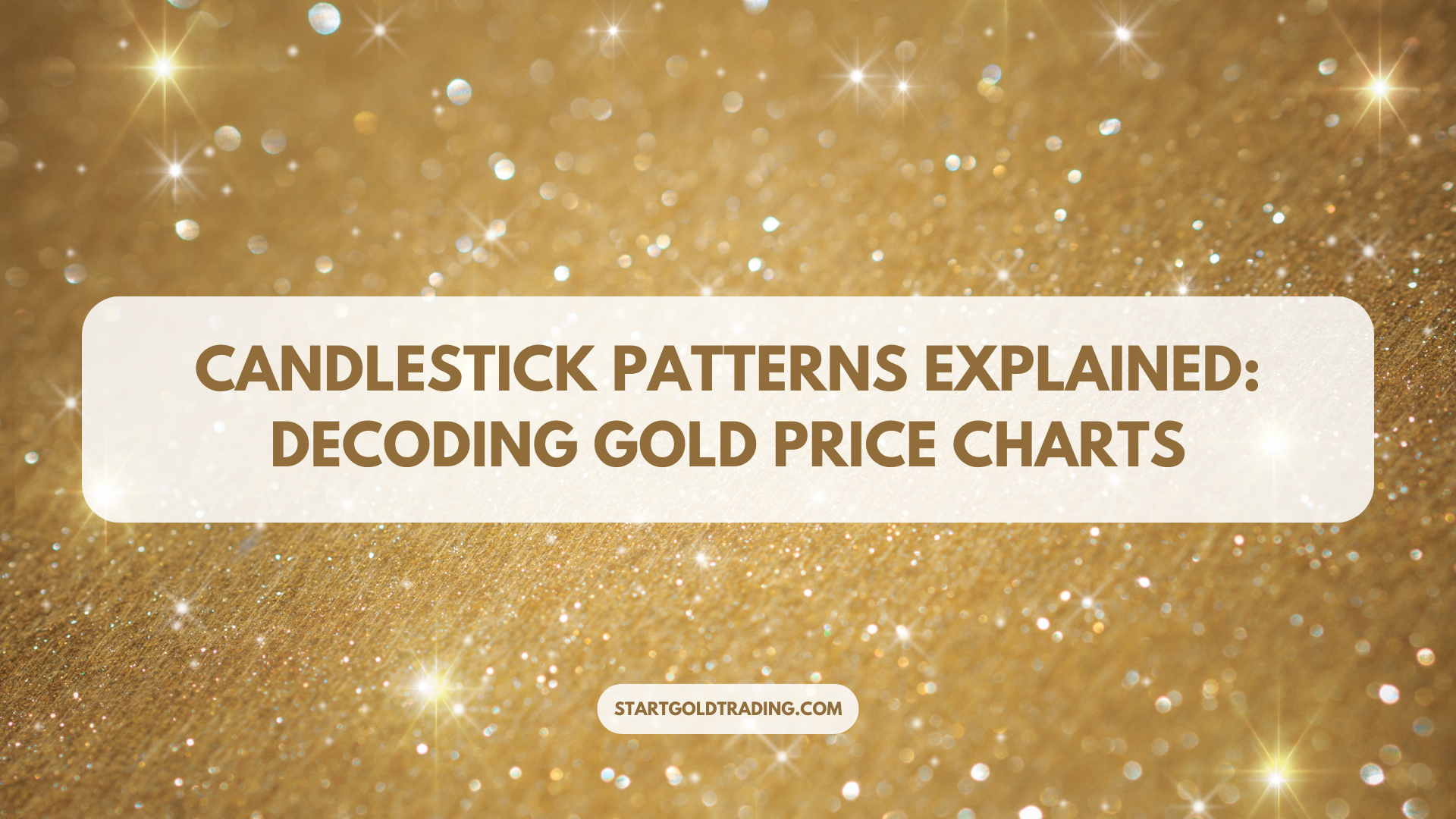Navigating the world of gold trading can be likened to decoding a secret language. Candlestick patterns, one of the fundamental elements of technical analysis, offer traders a visual snapshot of market sentiment and potential price movements. Designed for beginners and younger audiences, this article will demystify candlestick patterns, helping you understand their role in forecasting the gold market’s future trends.
Detailed Explanation of Candlestick Patterns

Candlestick charts are like the storybooks of the trading world, where each “candle” tells a story about the price movements within a specific time frame. Each candlestick consists of a body and wicks (shadows) that protrude from the top and bottom. The body represents the opening and closing prices, while the wicks show the high and low prices during that period.
- The Body: If the closing price is higher than the opening price, the candlestick is usually filled or colored green, indicating buying pressure. This is known as a bullish candle. Conversely, if the closing price is lower, the candlestick is red, indicating selling pressure, and is known as a bearish candle.
- The Wicks: These indicate the highest and lowest prices traded during the period covered by the candlestick. Long wicks can suggest rejection of prices beyond the body’s extent, indicating potential reversals or continuation of trends.
Differences Between Bullish and Bearish Formations
Understanding the difference between bullish and bearish formations is crucial for making informed trading decisions:
- Bullish Formations: These are patterns that suggest the market might move upward. A common bullish formation is the “Hammer,” which occurs after a price decline. It features a short body at the top with a long lower wick and no upper wick, resembling a hammer. This pattern suggests that despite selling pressure, buyers regained control by the close of the trading period, potentially reversing the downtrend.
- Bearish Formations: These patterns indicate potential downward movement. The “Shooting Star” is a bearish counterpart to the hammer. It appears after a price increase and features a small lower body with a long upper wick and little or no lower wick. This indicates that buying pressure was overcome by sellers during the period, likely leading to a price drop.
Practical Tips for Using Candlesticks in Trading Decisions
Candlestick patterns can be powerful tools in making trading decisions if used correctly. Here are some practical tips for incorporating candlesticks into your trading strategy:
- Pattern Confirmation: Always wait for a candlestick pattern to be fully formed and confirmed before making a trade. For example, a single bullish hammer is interesting, but if it’s followed by a candle showing further upward movement, it confirms the hammer’s reversal signal.
- Combine with Other Indicators: No pattern works all the time. Combining candlestick patterns with other indicators, like moving averages or RSI (Relative Strength Index), can help validate your trading decisions.
- Understand Context: Candlesticks do not occur in isolation. Understanding the bigger market context, including trends and significant events, can provide insight into whether a pattern is likely to be reliable.
- Practice Makes Perfect: Use demo accounts to practice recognizing and trading based on candlestick patterns without financial risk. This hands-on experience is invaluable.
Conclusion
Candlestick patterns are not just marks on a price chart; they are the language of the market, telling stories of supply, demand, and trader sentiment. By learning to interpret these patterns, you can begin to anticipate future market movements and make smarter, more informed trading decisions. Whether you’re just starting out or looking to enhance your trading skills, mastering candlestick patterns is a crucial step on your journey in the gold trading world.

